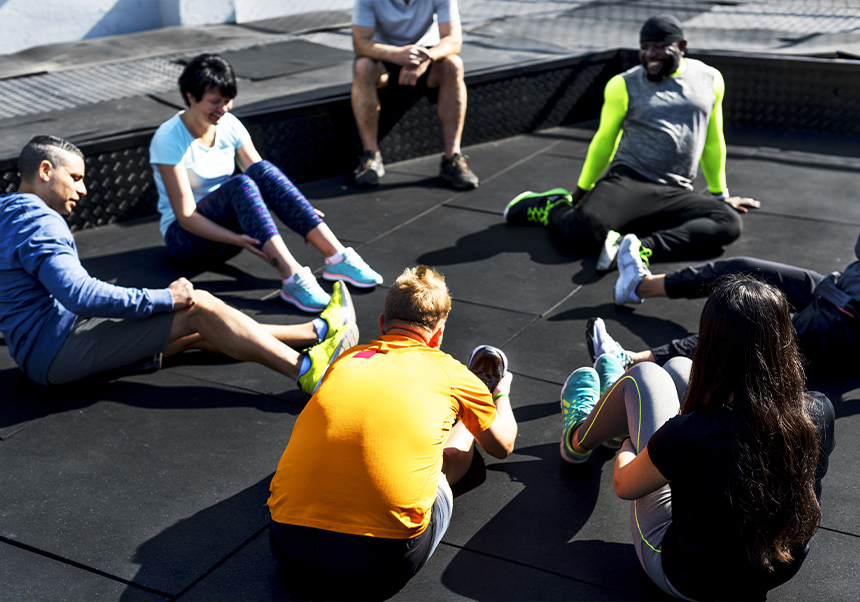
Authors: Domínguez-Navaro, Fernando; Casaña, José; Pérez-Domínguez, Borja; Ricart-Luna, Borja; Cotolí-Suárez, Pedro; Calatayud, Joaquín
To analyse the impact of balance, lower-limb explosive strenght and anthropometric variables on the result of the hop test in young elite female basketball athletes. Ninety young elite female basketball athletes (13-17 years), without current or recent lower-limb injury, were assessed in the off-season period of July 2021. Single leg hop test, countermovement jump, Y balance test and anthropometric outcomes were assessed. A correlation study and a regression model were performed to investigate the influence of such outcomes and the value of their participation on the hop test results. It was found a low-to-moderate correlation effect size for both countermovement jump (distance and power flight) and Y balance test values (except interlimb outcomes) with the single leg hop test results. Anthropometric outcomes did not sow significant correlation (p>0.05). Regression model revealed that for right hop test, countermovement jump values exhibited an adjusted determination coefficient of 0.408, (β = 0.249, p = 0.013), for the left hop test, again the countervermovement jump values (β = 0.229, p = 0.025), and left Y balance test values (β = 0.331, p = 0.011) jointly obtained an adjusted determination coefficient of 0.263 significant predictive value for countermovement jump outcomes in both right (β = 0.249, p = 0.013; β = 0.301; p = 0.031) and left leg (β = 0.229, p = 0.025; β = 0.365, p = 0.040), as well as certain Y balance outcomes values. Explosive strength, and dynamic balance although to a lesser extent, appear to be the most relevant physical-functional factors influencing the single leg hop test results among young elite female basketball athletes. These findings may a serve as a basis to implement targeted interventionns, such as plyometric balance training, for an enhacement on functional rehabilitation and reducing the risk of injury related to the hop test results.

